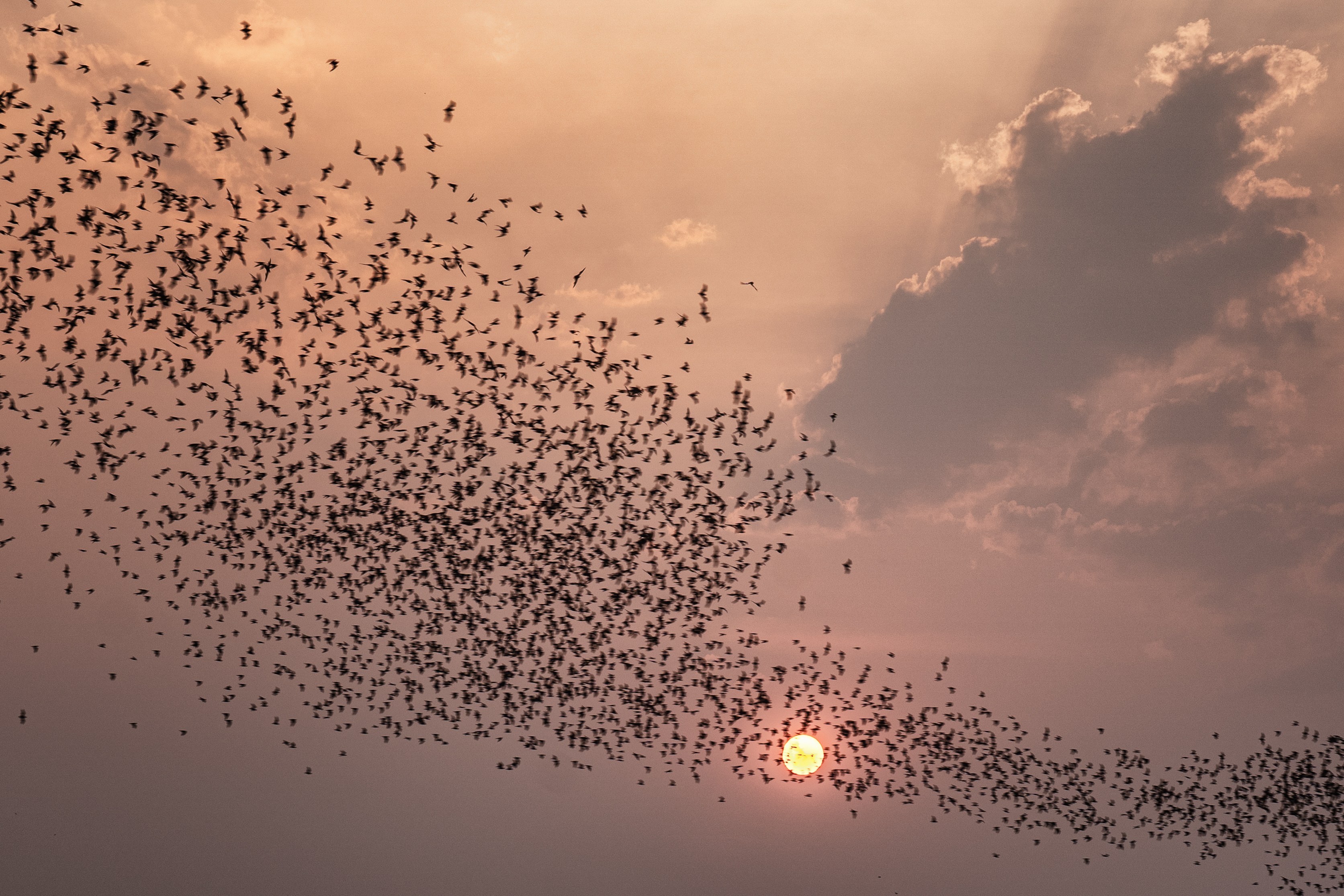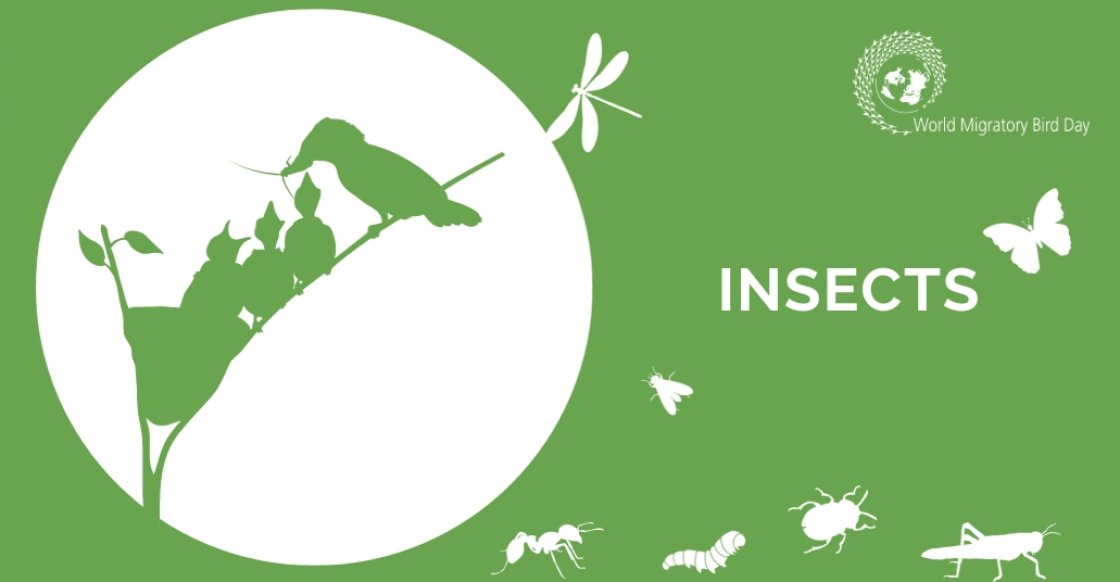Journal of BCOMING's Field Mission in Guinea: Part 1
Mission Overview: Our team embarked on the fourth field mission organized by CERFIG from November 10th to 29th, 2023, as part of the BCOMING project. The primary objectives were to investigate, capture, and sample rodents while continuing the ecological monitoring of bats in the Samyankhouré cave in Guinea's Kindia prefecture.

Setting Up in N'Zérékoré
Our journey began in N'Zérékoré, the largest town in the Forest Region. Despite missing the Director of Agriculture and Livestock, we met with the Deputy Director to kickstart administrative formalities. Later, we headed to the sub-prefecture of Gouécké, 42km away, to meet with local authorities. The warm welcome set a positive tone for our mission.
Engaging with Local Communities
In Gouécké, our team introduced itself and its objectives to the Sub-Prefect, receiving support to find a suitable campsite. We engaged with the communities of Céoba, explaining our mission and seeking permission to place rodent traps in homes and food shops. Dr. Julien LOUA and Mr. Dalaolo LOUA graciously acted as guides, facilitating our interactions with the villagers.
Capturing Rodents
Armed with 100 traps, we strategically placed them in the village and surrounding areas. Despite some traps failing, we successfully captured four rodents and one shrew. The captured animals underwent euthanasia and organ removal as part of our research protocol. Detailed measurements were taken for identification, and samples were collected for genetic analysis.
As we continue our mission, we're optimistic about the insights we'll gain to further our understanding of biodiversity and disease transmission dynamics. Stay tuned for more updates from the field!
Stay tuned for the next installment of our journal as we continue our field mission in Guinea!
You can access the full mission report in French here.



